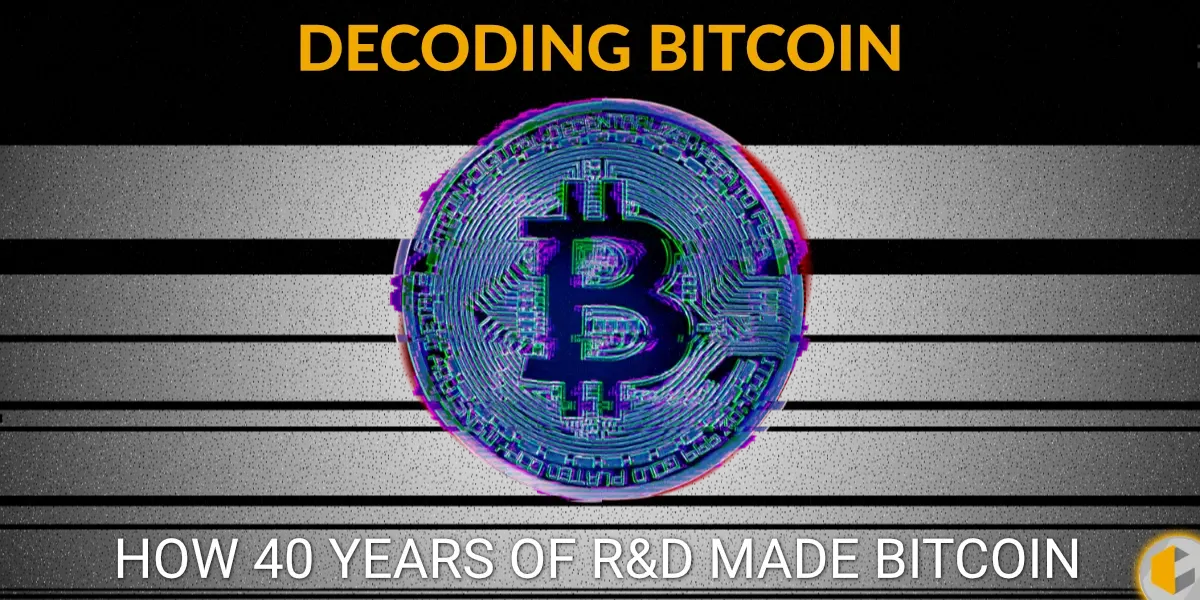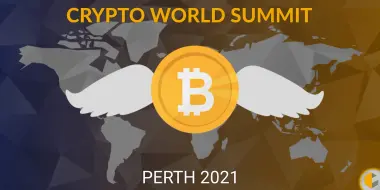
Today, bitcoin is the new gold. For the impossible task of taking on the world currency at once, bitcoin represented itself fairly well. Bitcoin was once touted as a ‘dystopian hedge,’ yet today, it’s a significant bet for Elon Musk and other copycat corporations and wealthy investors.
While bitcoin was launched more than a decade ago, it is easy to miss how forty years of R&D plays a critical role in the grand scheme of bitcoin’s success. Many assume bitcoin is new tech created by its mystery founder, but this can’t be further from the truth.
Blockchain Technology (the 1980s)
The typical crash course for bitcoin first-timers starts with a single word, blockchain. The long-winded comments on social media presuming to explain it all miss the point. Ignoring the jabs usually aimed at bitcoin critics, the religious, speculation-fueled faith in blockchain understates a 20-year history.
Blockchain was the brainchild of scientist Scott Stornetta. Stornetta saw a problem of immutable records and used his time at Bell Labs, the home of 20th-century innovation, to solve it. The initial solution involved a hash function and digital certificates, but the system was still open to subversion.
Finally, the thought of multiple certifiers of a timestamp came up. You can understand why and how this solution worked by now. For bitcoin to be worth anything, the burden of trust needed to be shared by multiple witnesses. The genius behind bitcoin lies in providing a crypto-economic incentive.
Packet Network Interconnection (1974)
The digital road to salvation did not start with blockchain but packet network intercommunications in 1974. Vinton Cerf and Robert Kahn authored a good theoretical design that contributed to the construction of the internet. They proposed size of 8 bytes for addresses, which found its way to bitcoin.
Satoshi designed bitcoin for an 8-byte value field. Even if all 21 million bitcoin, converted to Satoshis, were sent to a single address, the output would hardly max 8 bytes. The controversy over the unused bytes is not significant because a solution can only come through a hard fork.
Nobody cares why Satoshi stuck to 8 bytes, the systems work just as great, and all the network needs. In any case, users can convey transactions at whatever serializations without needing a hard fork.
Public Keys (1980)
Fans of bitcoin insist the network is wonderful because it’s a completely anonymous way to transact online. In truth, digital traces of identity come baked right into the bitcoin code. The average person doesn’t possess the skill and technical muscle to pull this off, but the feds do for sure.
Ralph Merkle realized the combination of different keys for encryption and decryption made it possible for computers to communicate securely. There’s a lot of math involved in generating these keys, to be specific, multiplying large primes to get random numbers.
You can keep the private key as close as possible to your heart, but the public key goes to a reliable channel. One only needs to know your private key to trace your bitcoin transactions. It’s a matter of doing the doable needle in a haystack.
Anonymous Electronic Cash (1996)
Now, here’s something you didn’t expect to see on this list. In 1996, NSA (National Security Agency) published a paper on anonymous electronic cash, titled ‘how to make a mint.’ Well, someone did.
The paper revealed how one could design a system where users could exchange value anonymously and untraceable. The protocols proposed to find a home in bitcoin’s ecosystem, including proposals for preventing token forgery and double-spending.
Be honest: Do you subscribe to the theory that bitcoin is a top-secret project of the NSA? Well, here’s your proof. Satoshi Nakamoto picked up a thing or two from what NSA proposed and modeled it into the bitcoin you love today.
Smart Contracts (1997)
The hallmark of the digital revolution has been a step away from paperwork and the paper itself. Without such paperwork, bitcoin needed to combine its protocols, user interface, and network functionalities to secure interactions on the public network.
Nick Szabo, suspected Satoshi Nakamoto, explored combining legal, economic, reliable, and secure protocols theories to propose a way to secure public networks. The solution came in smart contracts, which formalized relationships between peers on the bitcoin network.
If you have transacted on the bitcoin network, then you have interacted with a smart contract. Smart contracts are far functional in the digital space than paper could have ever been. Besides, they imposed reduce transaction costs on all parties.
Proof-of-Work (1998 and 2004)
Remember the crypto-economic incentive mentioned earlier? Proof-of-Work means exactly what it says, proof of work done. Essentially, it’s proof to show you have invested a significant amount of computational power to solve a puzzle. Needless to say, this effort must be easily verifiable.
Wei Dai, a computer engineer suspected to be Satoshi Nakamoto, first proposed the concept of B-money that relied on a proof-of-work function in 1998. Even though B-money, perhaps short for ‘Bitcoin-money,’ only existed on paper and never launched. However, it caught the eye of Hal Finney.
Hal Finney, another suspected Satoshi Nakamoto, invented Reusable Proof-of-Work (RPOW) in 2004. Now here’s where the bitcoin concept takes shape. RPOW facilitates the creation of a token, ownership, and transfer. It registers who a token belongs to by registering the corresponding private key.
RPOW employed sophisticated security techniques that make a network more trustworthy. It essentially cures the problem of double-spending tokens by registering ownership of tokens on a trusted server, blockchain.
To wrap it up
One day, the whole world will yawn at the sight of the Dollar, Yuan, Euro, and all other conventional currencies. Before that, it’s worth taking time to appreciate the overlooked history behind bitcoin. We have tried our best to cover every technology and protocol choice.
Related Posts






Subscribe to our newsletter!
Information



